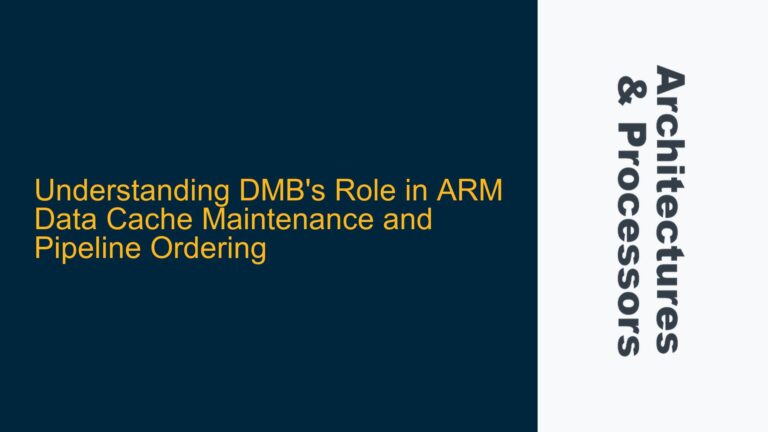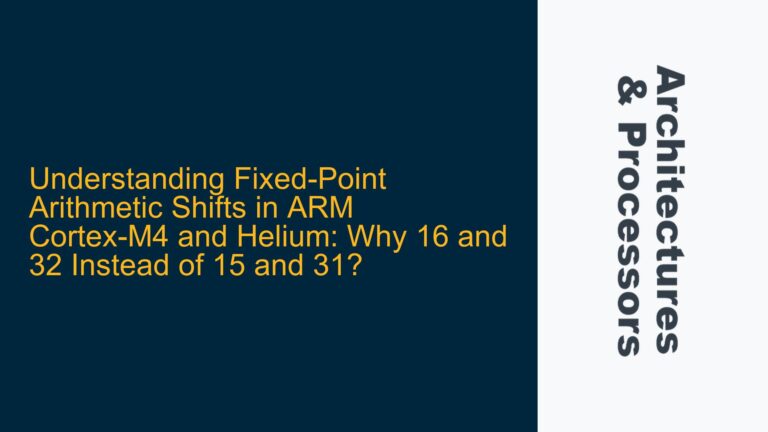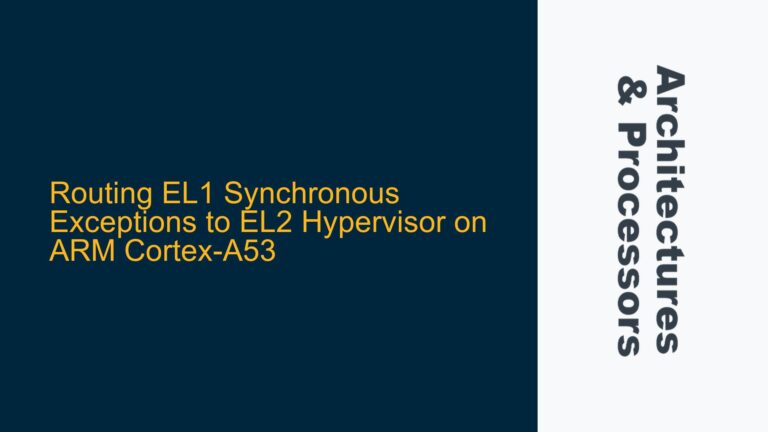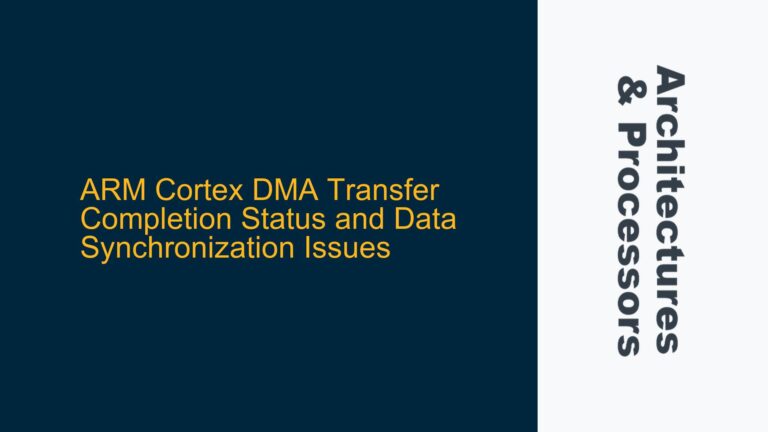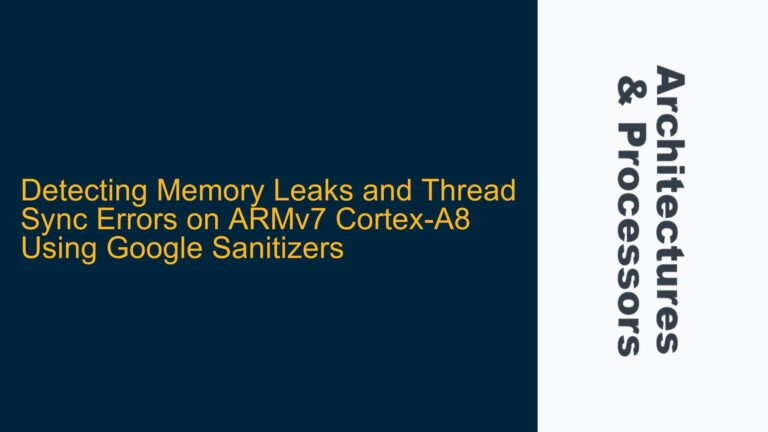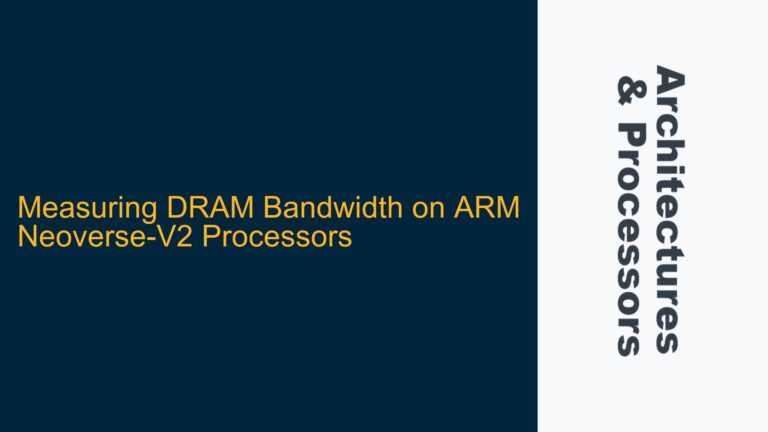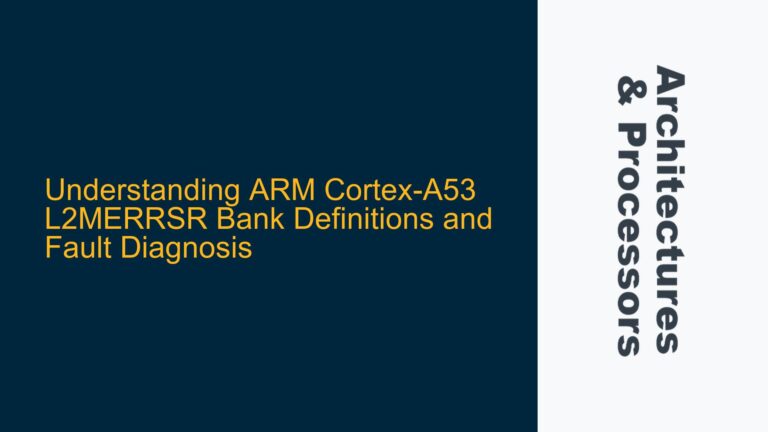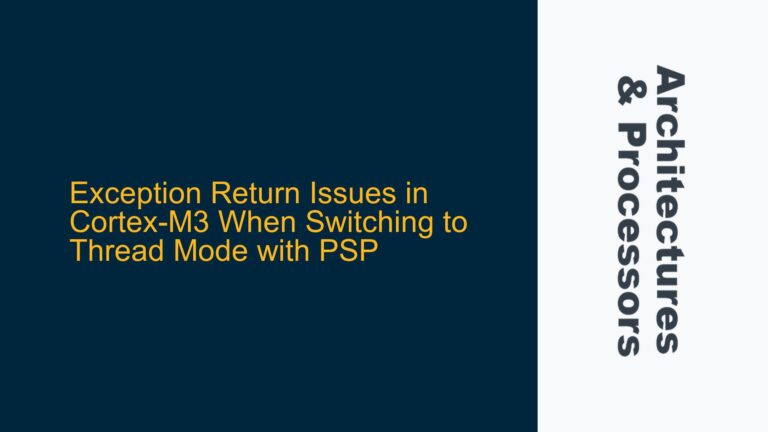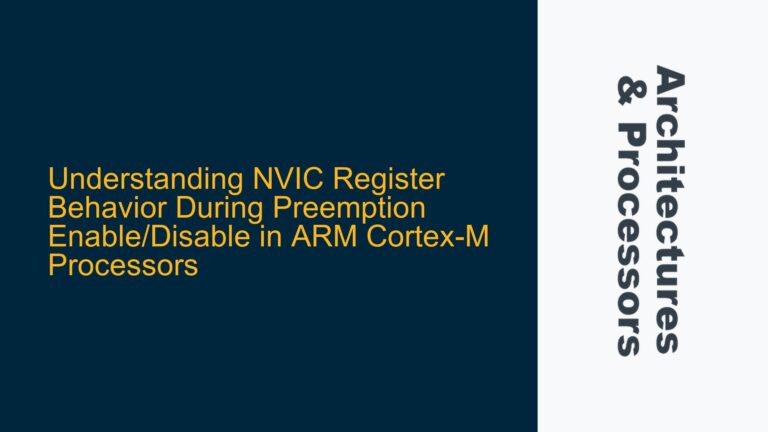DMB’s Role in ARM Data Cache Maintenance and Pipeline Ordering
DMB’s Role in Ensuring Relative Order and Cache Maintenance Completion The Data Memory Barrier (DMB) instruction in ARM architectures plays a critical role in ensuring the relative order of memory accesses and cache maintenance operations. However, there is often confusion about whether DMB can also ensure the completion of these operations before subsequent data accesses…
